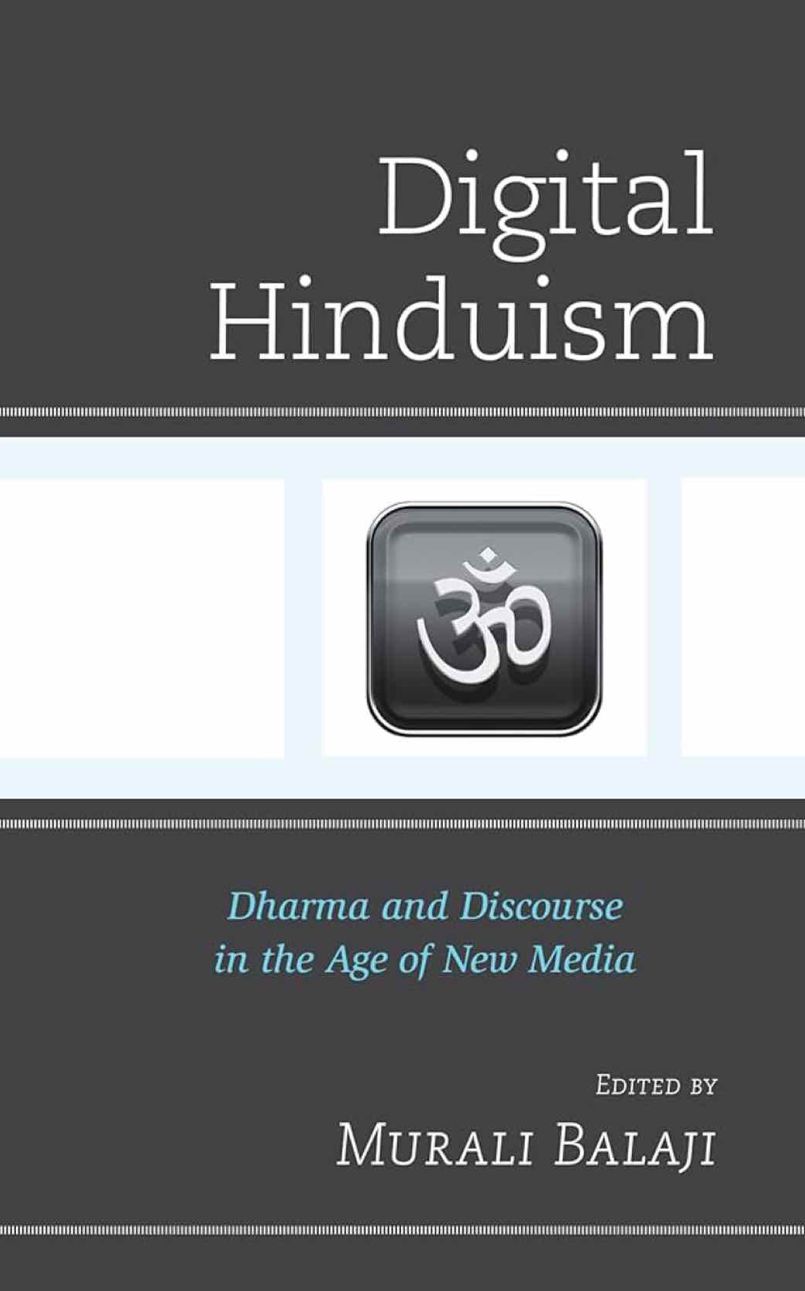Digital Hinduism

This book was recently sent to us. To our surprise, the very first chapter is dedicated to a small order of Saiva monks living on a far island. It's a bit academic, but it has some rather thought-provoking things to say about Gurudeva's little order, and so we thought to share it.
Gurudeva always loved using the latest technology, whether typesetters, Walkman recorders or Macintoshes. By encouraging his monks to embrace high-end tools, he amplified their abilities to push forward the mission.
As you will see, it worked. Here are excerpts of the chapter:
Abstract:
The Significance of Non-Participatory
Digital Religion
The Saiva Siddhanta Church and the
Development of a Global Hinduism
There are just a small number of websites that have appeared consistently in the top ten during the research period. For example, a search conducted on November 13, 2004, revealed the following five websites in the top ten of the Google rankings: religioustolerance.org. hinduism, bbc.co. uk/religion/religions/Hinduism, hinduism.about.com, hinduismtoday.com, and himalayanacademy.com9 (see Scheifinger 2008: 36). These same websites also appeared in a search conducted almost 12 years later on August 29, 2016. These websites also featured when the intervening searches were conducted.
Especially noteworthy is the fact that not only is it the case that a single group has two of these websites (himalayanacademy.com and hinduismtoday.com) that have such a strong online presence, but that it is the only religious organization among those responsible for the five websites. This organization is the SSC and it, along with details regarding its online presence and its influence within Hinduism, will now be discussed.
This chapter has demonstrated four undeniable facts. These are that the SSC has an incredibly strong online presence (the extent of which has been revealed in the methodology section of this chapter), that it pursues its aims online (evidenced by my discussion of the contents of its websites), that new forms of digital media mean that the internet is now embedded in many people's lives, and that the SSC wields influence within Hinduism which belies its size. I
In combination, these facts give rise to the following claim: that the SSC's online presence is an important factor in the development of the global form of Hinduism discussed in this chapter, and thus it plays a role in the way that Hinduism is perceived by non-Hindus and understood by Hindus themselves.
Despite these points, it is safe to say that it is highly unlikely that this small order of twenty monks living on a Hawaiian island, deriving from a particular Hindu tradition "representing fewer than three million of the world's ... Hindus" (Martin 2001) would be able to have the influence discussed in this chapter if it had not been so successful in its engagement with contemporary digital media. . . .
3 Responses to “Digital Hinduism”
From Our Gurus' Teachings
Archives are now available through 2001. Light colored days have no posts. 1998-2001 coming later.

January 26th, 2024 at 5:53 am
Jai Gurudeva! Jai Ganapati Kulam!
January 26th, 2024 at 6:28 pm
“AUM”!.
January 27th, 2024 at 6:24 am
What a fascinating and cool story! I was wondering about the digital embrace at the monastery. I am looking forward to more guidance from the Himalayan Academy on artificial intelligence! Thank you for all you do.